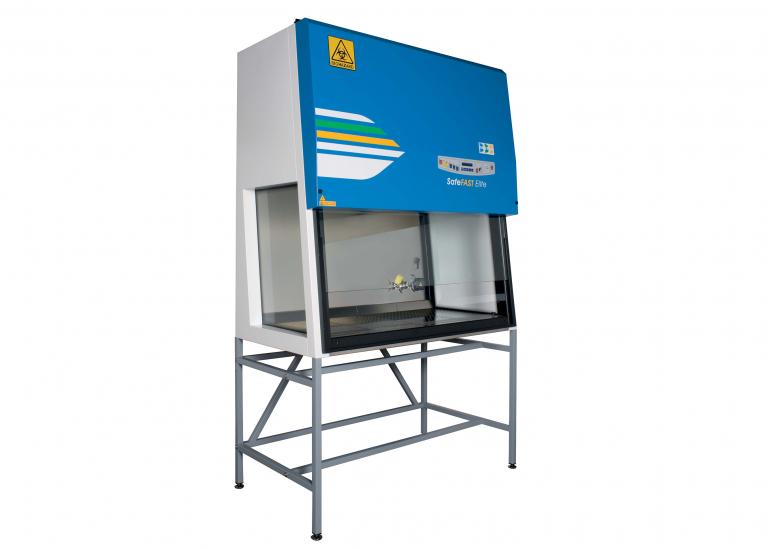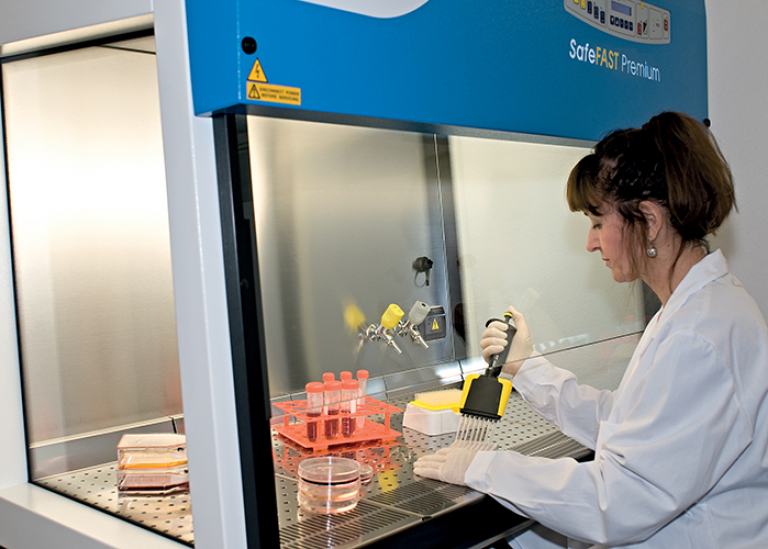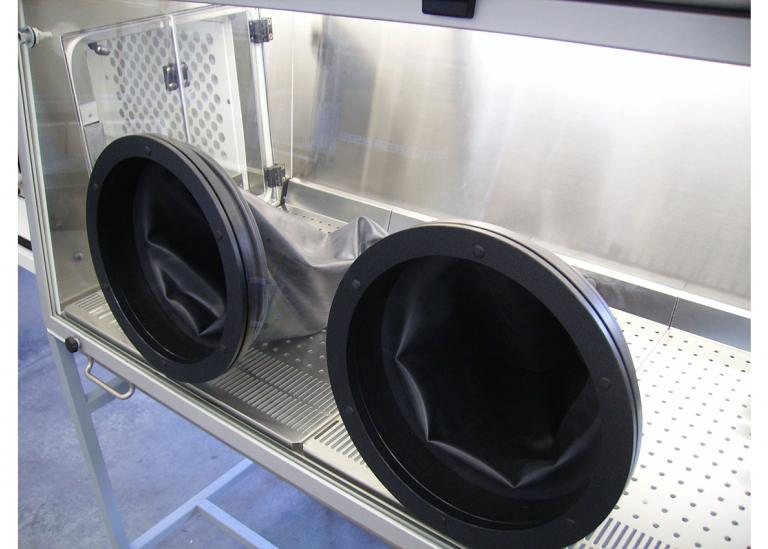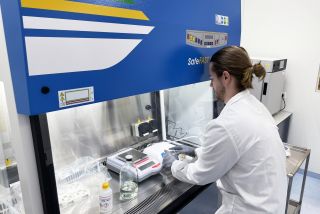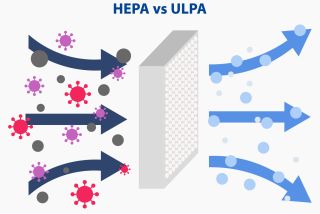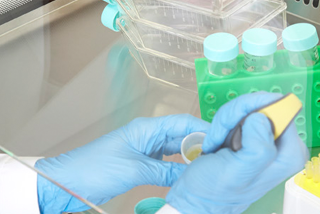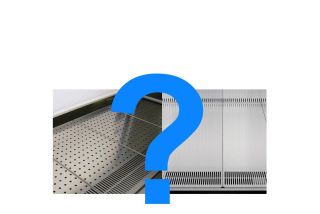
The differences between Class I, II and III Microbiological safety cabinets
Microbiological safety cabinets (MSC) are available in 3 different classes, these being Classes I, II and III. These classes represent the level of protection the cabinet offers. But what are the key differences between these classes and which one do you need in your laboratory?
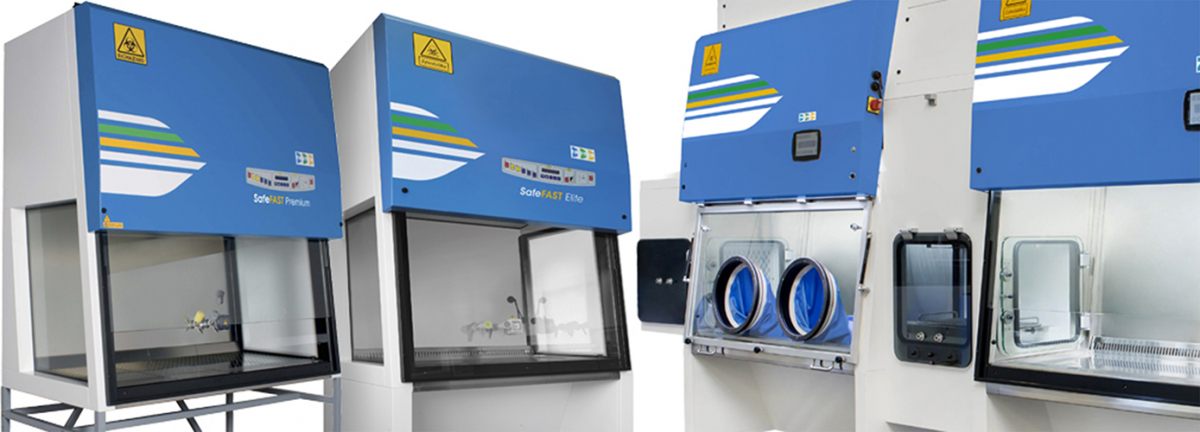
Class I Microbiological safety cabinets
MSC Class I protect the person using the cabinet and the surroundings around it, but not the material inside the cabinet. This means that products in the cabinet are not protected from contamination, which may limit their use. They can be used for activities that require biosafety level 1, 2 or 3, the same as a class II cabinet.
Class II Microbiological safety cabinets
MSC Class II offer a little more than Class I, as they protect not only the operator and their surroundings, but also the materials with which they are working. Class II cabinets can be further subdivided according to a number of factors, including their construction, air flow and exhaust systems. But this makes no difference from a microbiological safety point of view.
Class III Microbiological safety cabinets
MSC Class III provide the most protection and are therefore the best choice for those working with materials requiring Biosafety Level 4. A Class III cabinet is fully enclosed and designed not to leak. Rubber gloves are attached to the cabinet for safe handling of the samples, which is why this class of biological safety cabinets is also called a glove box.
Now that you know the main differences between class I, II and II microbiological safety cabinets, you are closer to deciding which type of cabinet you need for a safe working environment in the laboratory.
More information?
